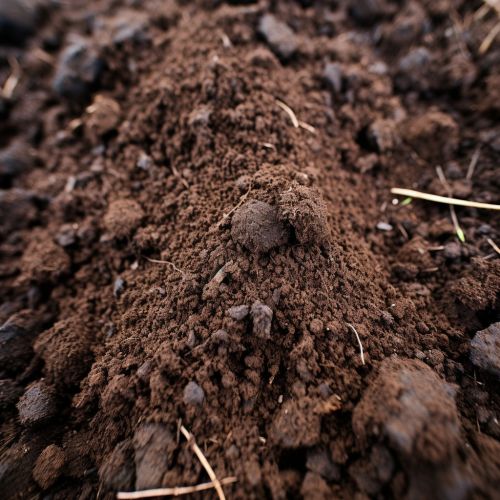Mechanisms of Microbial Nitrogen Cycling in Soil
Introduction
Microbial nitrogen cycling is a fundamental process in the soil ecosystem, mediated by a diverse array of microorganisms. This process involves the transformation of nitrogen from one form to another, which is essential for the maintenance of soil fertility and the survival of all life forms. The nitrogen cycle is a complex network of biochemical reactions, which are performed by different groups of microorganisms, each with their unique metabolic capabilities.


Nitrogen and Its Importance
Nitrogen is an essential element for all living organisms, as it is a key component of amino acids, proteins, nucleic acids, and other cellular constituents. In the soil, nitrogen is present in various forms, including organic nitrogen, ammonium (NH4+), nitrite (NO2-), nitrate (NO3-), and gaseous nitrogen (N2). The conversion of nitrogen between these forms is what constitutes the nitrogen cycle.
Microbial Nitrogen Cycling
Microbial nitrogen cycling involves several key processes: nitrogen fixation, nitrification, denitrification, anammox, and dissimilatory nitrate reduction to ammonium (DNRA). Each of these processes is performed by specific groups of microorganisms.
Nitrogen Fixation
Nitrogen fixation is the process of converting atmospheric nitrogen gas into a form that is usable by plants, primarily ammonium. This process is carried out by a group of bacteria known as nitrogen-fixing bacteria, which include species of the genera Rhizobium, Azotobacter, and Cyanobacteria.
Nitrification
Nitrification is the process of converting ammonium to nitrite and then to nitrate. This is a two-step process carried out by two groups of bacteria: ammonia-oxidizing bacteria (AOB) and nitrite-oxidizing bacteria (NOB). AOB, such as Nitrosomonas, oxidize ammonium to nitrite, while NOB, such as Nitrobacter, oxidize nitrite to nitrate.
Denitrification
Denitrification is the process of reducing nitrate to gaseous nitrogen, which is then released back into the atmosphere. This process is primarily carried out by denitrifying bacteria, which include species of the genera Pseudomonas, Paracoccus, and Thiobacillus.
Anammox
Anammox, or anaerobic ammonium oxidation, is a process in which ammonium and nitrite are directly converted into nitrogen gas. This process is carried out by a group of bacteria known as anammox bacteria, which include species of the genera Brocadia and Kuenenia.
Dissimilatory Nitrate Reduction to Ammonium (DNRA)
DNRA is a process in which nitrate is reduced to ammonium. This process is carried out by a diverse group of bacteria, including species of the genera Bacillus, Clostridium, and Desulfovibrio.
Factors Influencing Microbial Nitrogen Cycling
Several factors influence microbial nitrogen cycling in the soil, including soil pH, temperature, moisture, oxygen availability, and the presence of organic matter. These factors can affect the activity and diversity of nitrogen-cycling microorganisms, thereby influencing the rates of nitrogen cycling processes.
Impact on Soil Fertility and Environmental Health
Microbial nitrogen cycling plays a crucial role in maintaining soil fertility by providing plants with a readily available source of nitrogen. However, imbalances in nitrogen cycling processes can lead to environmental problems such as soil acidification, eutrophication of water bodies, and the release of nitrous oxide, a potent greenhouse gas.
